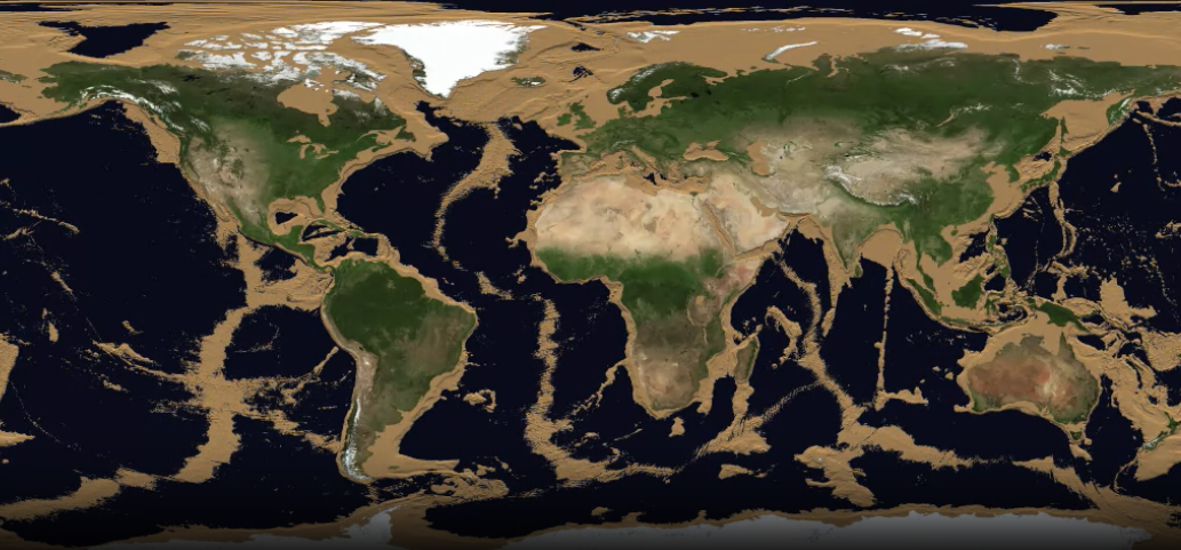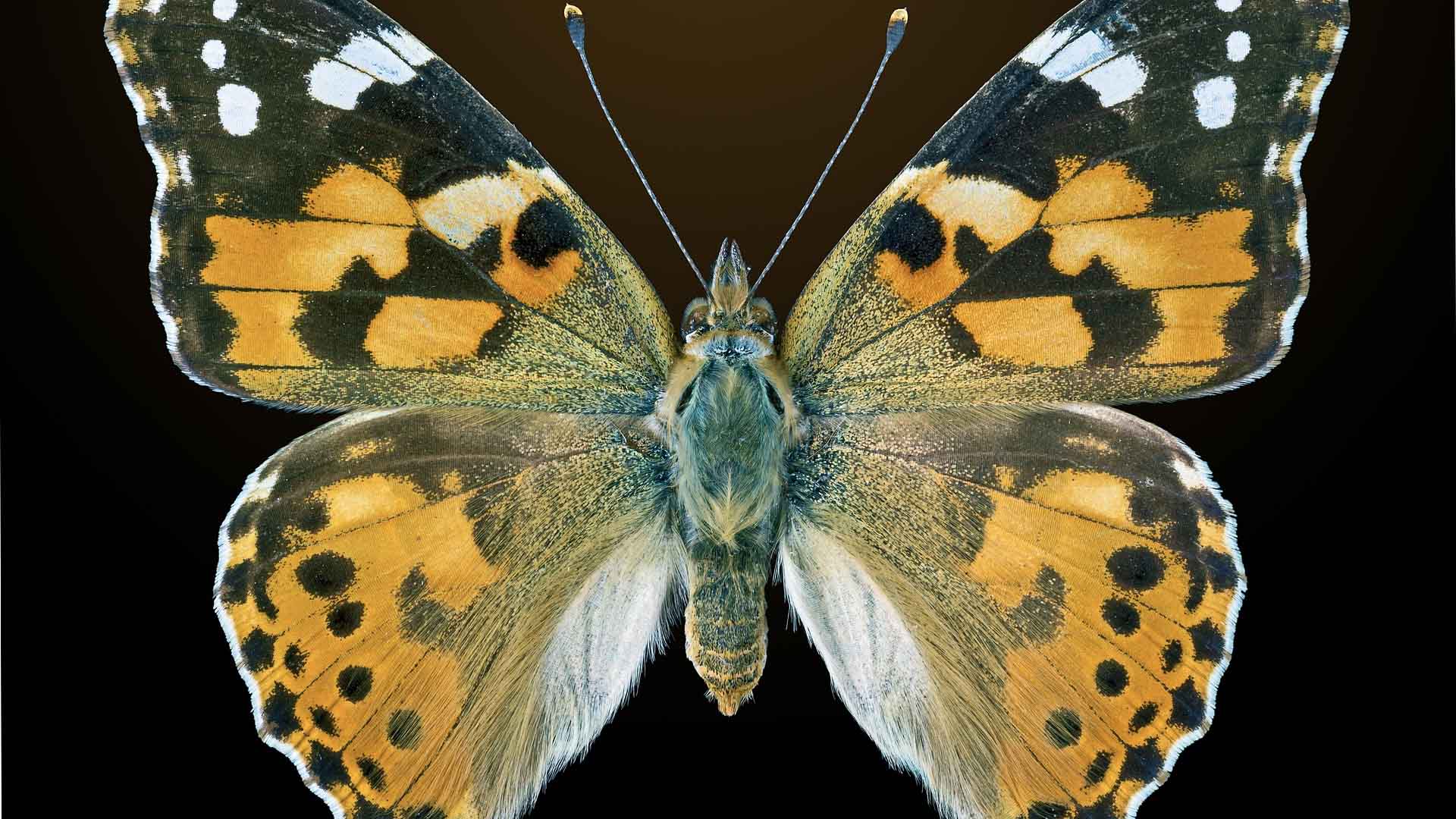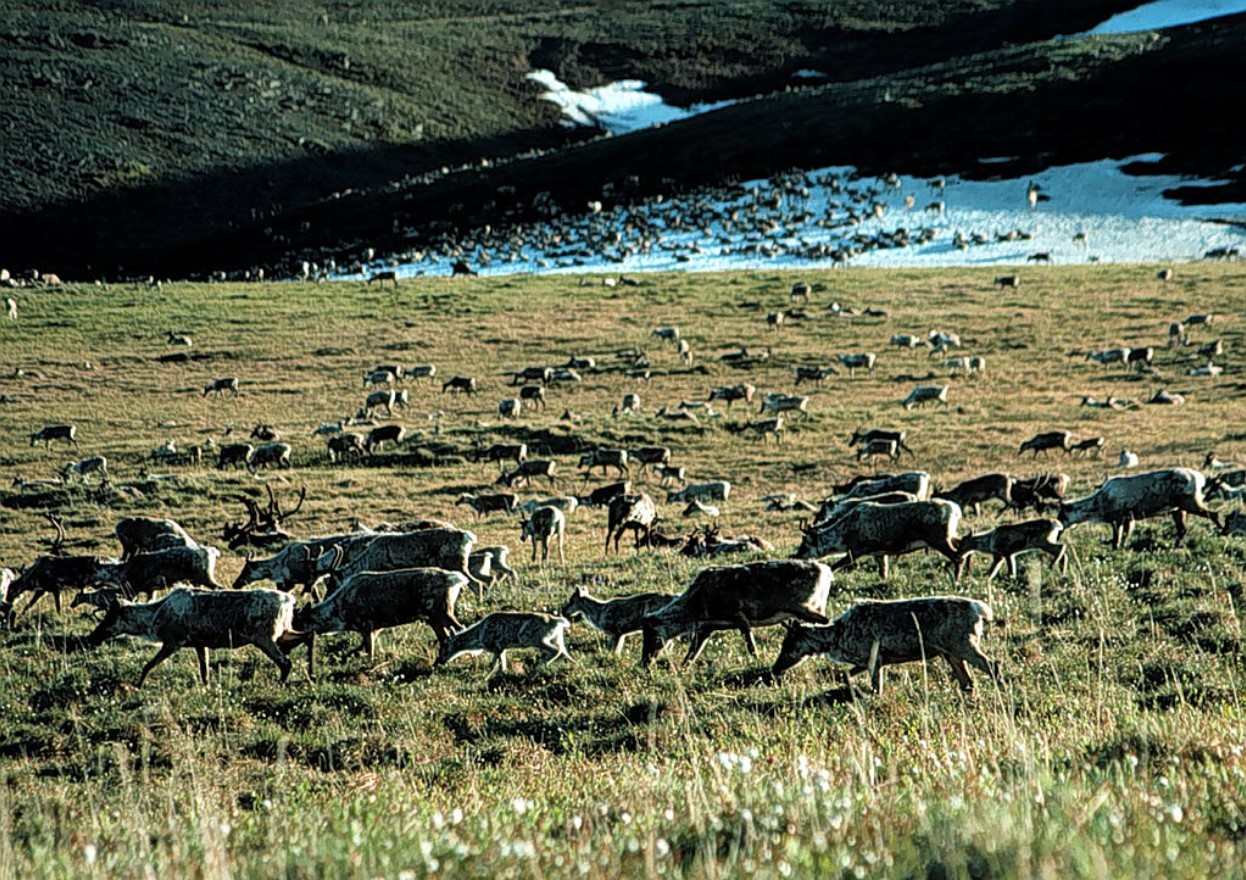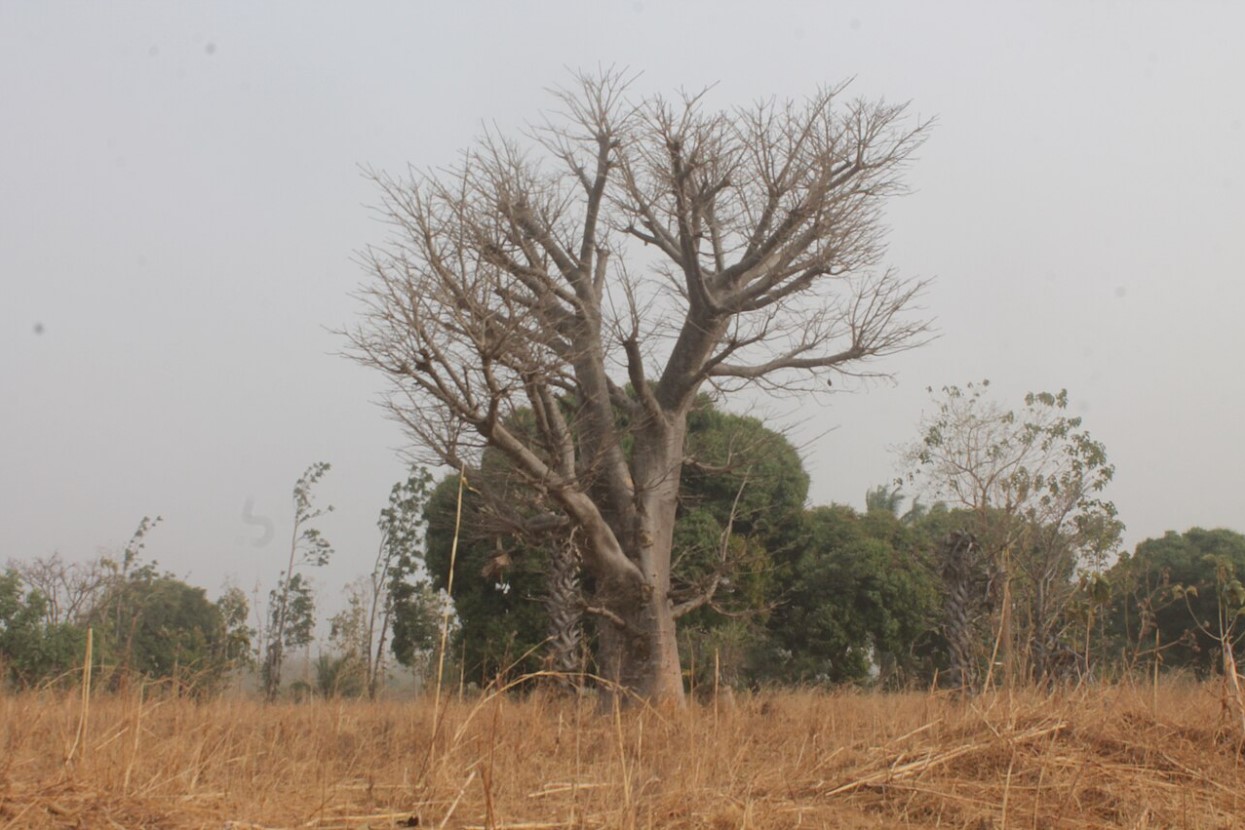New Study Reveals How Painted Lady Butterflies Flew 2,600 Miles Across the Ocean
In October 2013, Gerard Talavera, a researcher from the Botanical Institute of Barcelona, made a surprising discovery on the Atlantic beaches of French Guiana: painted lady butterflies, a species not normally seen in South America.
This unexpected find sparked an international study to uncover the mystery of their origins.
Tracing the Journey
Using multidisciplinary tools, the research team traced the butterflies’ journey.

Source: doidam10/Canva
They reconstructed wind trajectories from October 2013 and found favorable conditions that could support a transatlantic crossing from western Africa, even for such a small creature.
Genetic Clues
The researchers sequenced the genomes of the butterflies and compared them to populations globally.

Source: Freepik
They discovered that these butterflies were genetically closer to African and European populations, suggesting a long migratory journey from these regions.
Pollen Analysis
The team also sequenced the DNA of pollen grains carried by the butterflies.

Source: Braňo/Unsplash
They identified two plant species that only grow in tropical Africa, indicating that the butterflies nectared on African flowers before their transatlantic journey.
Isotope Fingerprints
By analyzing hydrogen and strontium isotopes in the butterflies’ wings, researchers could pinpoint the region of their natural origin.

Source: Freepik
The isotopic data suggested potential origins in Western Europe, including France, Ireland, the United Kingdom, or Portugal.
Energy Expenditure
The study also took a look at the energy required for the transatlantic flight.

Source: NASA Scientific Visualization Studio
The researchers concluded that the butterflies could complete the journey by alternating between active flight and wind-assisted gliding, using the Saharan air layer to their advantage.
Significance of the Saharan Air Layer
The Saharan air layer, known for transporting dust from Africa to America, was emphasized as a significant aerial route.

Source: Abes58/Wikimedia Commons
According to the study, it turns out that these air currents can also transport living organisms, such as butterflies, across vast distances.
Innovative Techniques
Dr. Clément Bataille highlighted the novelty of combining isotope geolocation and pollen metabarcoding in migratory insect studies.

Source: Wikimedia
“It is the first time that this combination of molecular techniques including isotope geolocation and pollen metabarcoding is tested on migratory insects,” said Bataille. “The results are very promising and transferable to many other migratory insect species. The technique should fundamentally transform our understanding of insect migration.”
Resilient Butterflies
Institute of Evolutionary Biology scientist, Roger Vila, remarked on the resilience of painted lady butterflies, stating, “We usually see butterflies as symbols of the fragility of beauty, but science shows us that they can perform incredible feats.”

Source: Didier Descouens/Wikipedia
“There is still much to discover about their capabilities.”
Impact on Ecosystems
Co-author and postdoctoral fellow at the University of Ottawa, Megan Reich, emphasized the potential impact of insect migrations on ecosystems.

Source: US Fish and Wildlife Service/Getty Images
“I think this study does a good job of demonstrating how much we tend to underestimate the dispersal abilities of insects. Furthermore, it’s entirely possible that we are also underestimating the frequency of these types of dispersal events and their impact on ecosystems”
Global Change Implications
Lead researcher Gerard Talavera also noted that migratory phenomena have historically influenced species distributions.

Source: Dorothy Habila/Wikimedia Commons
With global warming and changing climate patterns, we might see more long-distance dispersal events affecting biodiversity worldwide.
Future Monitoring
Researchers advocate for systematic monitoring of dispersing insects.

Source: DC Studio, Freepik
This could help predict and mitigate potential risks to biodiversity resulting from global changes, ensuring better management of ecosystem impacts.
